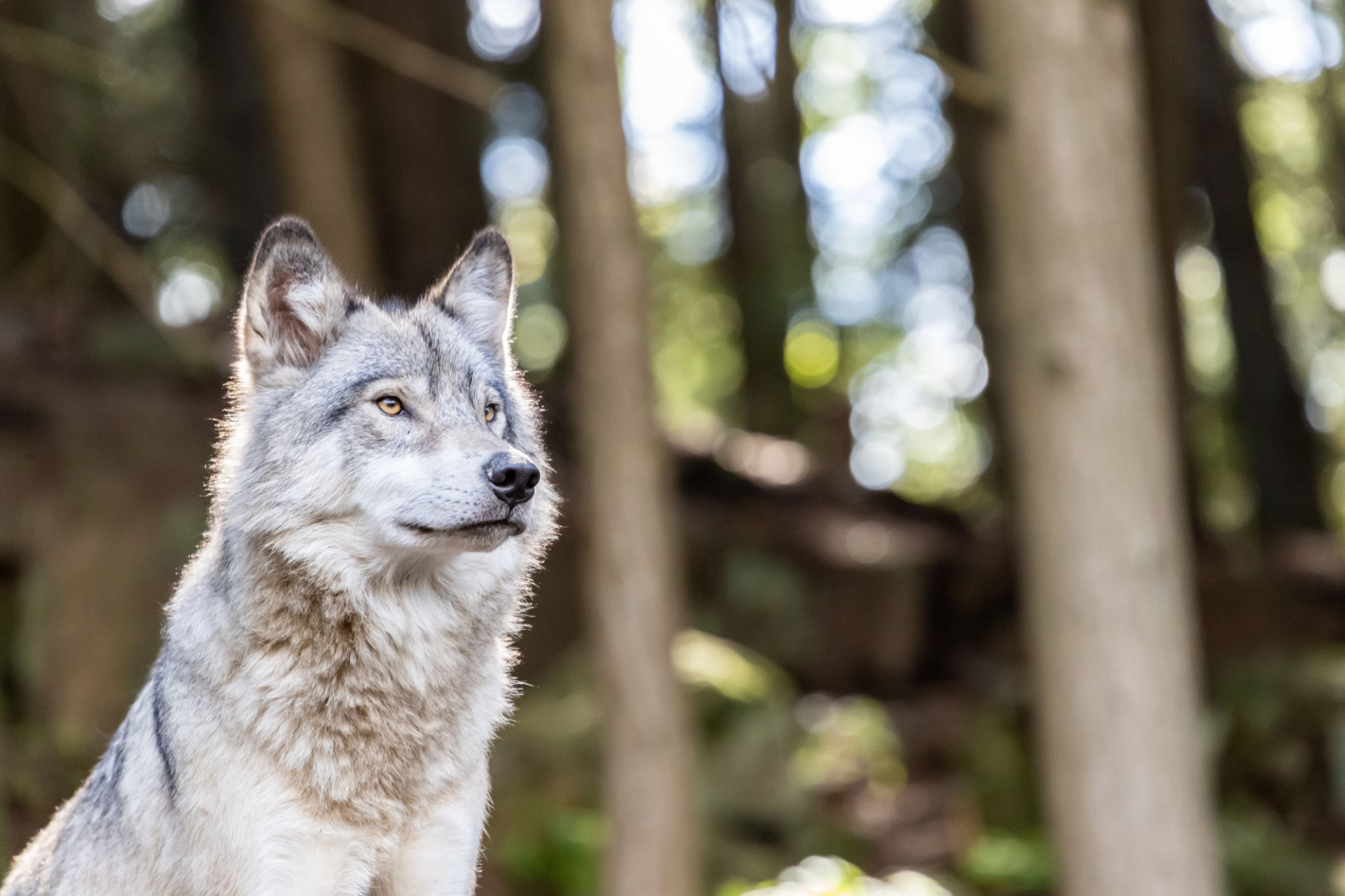How Drones are Revolutionizing Wildlife Research in Canada
The Rise of Drones in Wildlife Research
In recent years, drones have become a transformative tool in wildlife research, particularly in expansive and diverse landscapes, like those found in Canada. These unmanned aerial vehicles offer researchers a unique vantage point to observe, document, and analyze wildlife populations with unprecedented accuracy and minimal disruption.
Traditionally, wildlife research relied heavily on ground surveys and aerial observations conducted from manned aircraft. These methods, while effective, often come with significant limitations, such as high costs, limited accessibility, and the potential to disturb wildlife. Drones are addressing these challenges by providing a cost-effective and versatile alternative.

Enhanced Data Collection
One of the most significant advantages of drones is their ability to collect vast amounts of data quickly and efficiently. Equipped with high-resolution cameras and sensors, drones can capture detailed images and videos of animals in their natural habitats. This capability allows researchers to monitor animal behavior, identify individual species, and assess population health without physically intruding into the environment.
Furthermore, drones can traverse difficult terrains and reach remote areas that are otherwise inaccessible to researchers. This ability is particularly valuable in Canada's vast wilderness, where some regions remain largely unexplored due to their challenging landscapes.
Non-Intrusive Monitoring
Drones offer a less invasive approach to monitoring wildlife compared to traditional methods. Since they operate from above, they can observe animals without causing undue stress or altering their natural behavior. This non-intrusive monitoring is crucial in ensuring that research activities do not negatively impact the very subjects being studied.

Additionally, drones can be programmed to follow specific flight paths and collect data at regular intervals, providing consistent and repeatable observations. This consistency is essential for long-term studies aimed at understanding changes in wildlife populations over time.
Applications in Conservation Efforts
The use of drones extends beyond basic observational research; they play a pivotal role in conservation efforts across Canada. For instance, drones are used to monitor endangered species and track illegal activities like poaching and deforestation. By providing real-time data, drones enable conservationists to respond swiftly to threats and take proactive measures to protect vulnerable ecosystems.
Moreover, drones equipped with infrared cameras can conduct nocturnal surveys, allowing researchers to study nocturnal species that are typically difficult to observe using traditional methods. This capability offers new insights into the behaviors and habitats of these elusive animals.

Future Prospects
As drone technology continues to advance, their applications in wildlife research are expected to expand even further. Innovations such as artificial intelligence and machine learning are being integrated into drone systems to enhance data analysis capabilities. These technologies can help automate the identification of species, track animal movements, and predict ecological trends.
In conclusion, the integration of drones into wildlife research represents a significant leap forward in our ability to study and protect the natural world. By offering a powerful combination of efficiency, accuracy, and minimal environmental impact, drones are revolutionizing how scientists understand and conserve Canada's rich biodiversity.